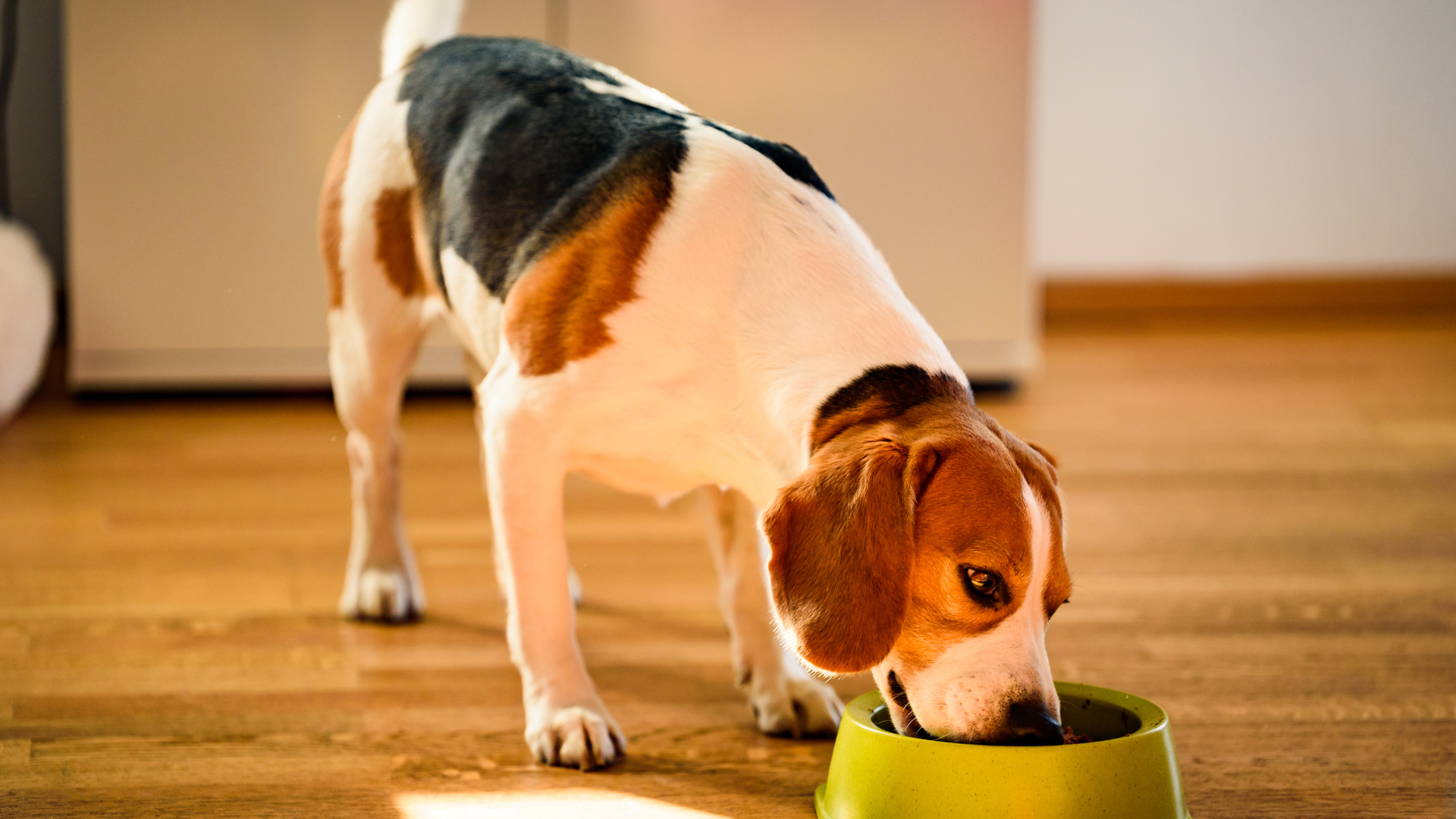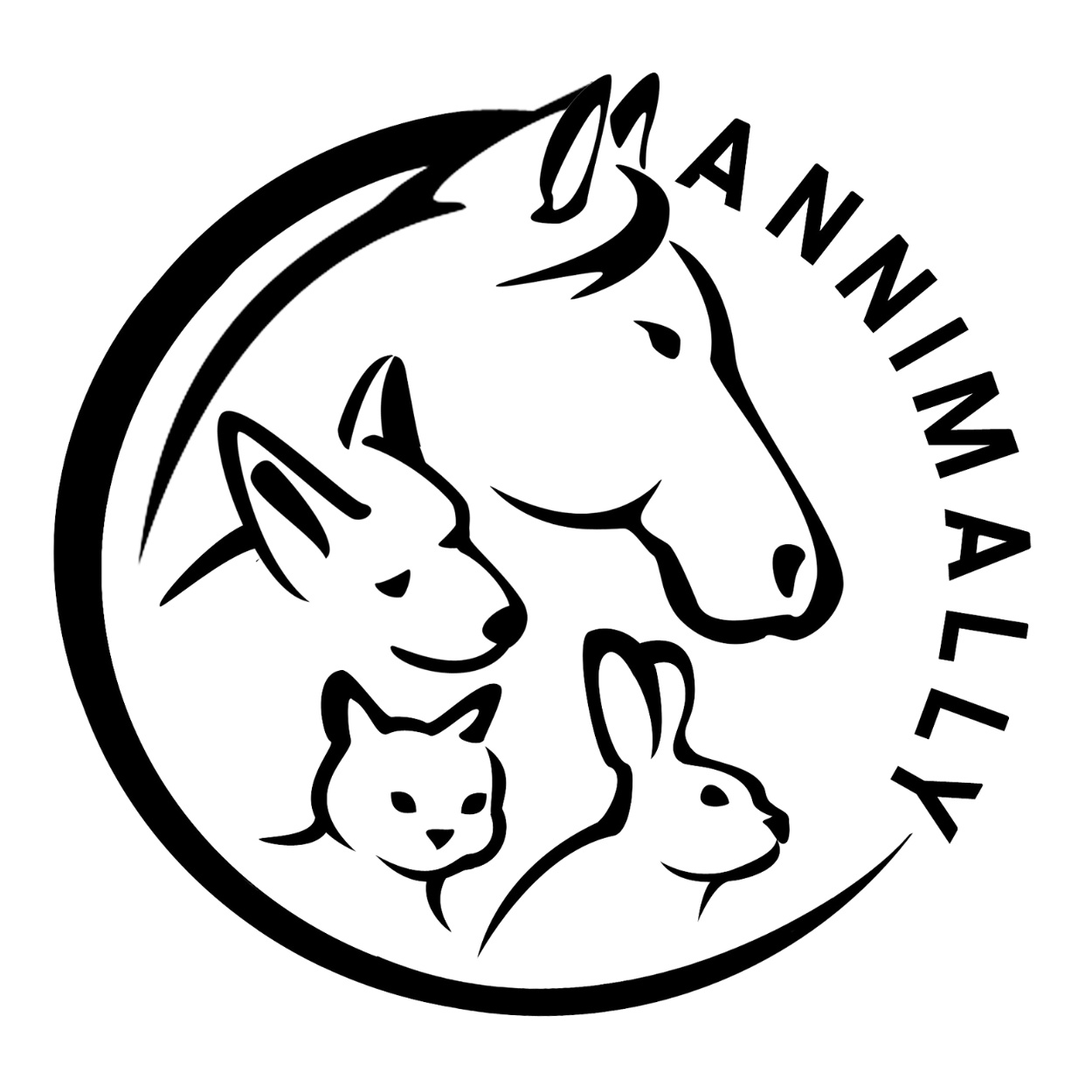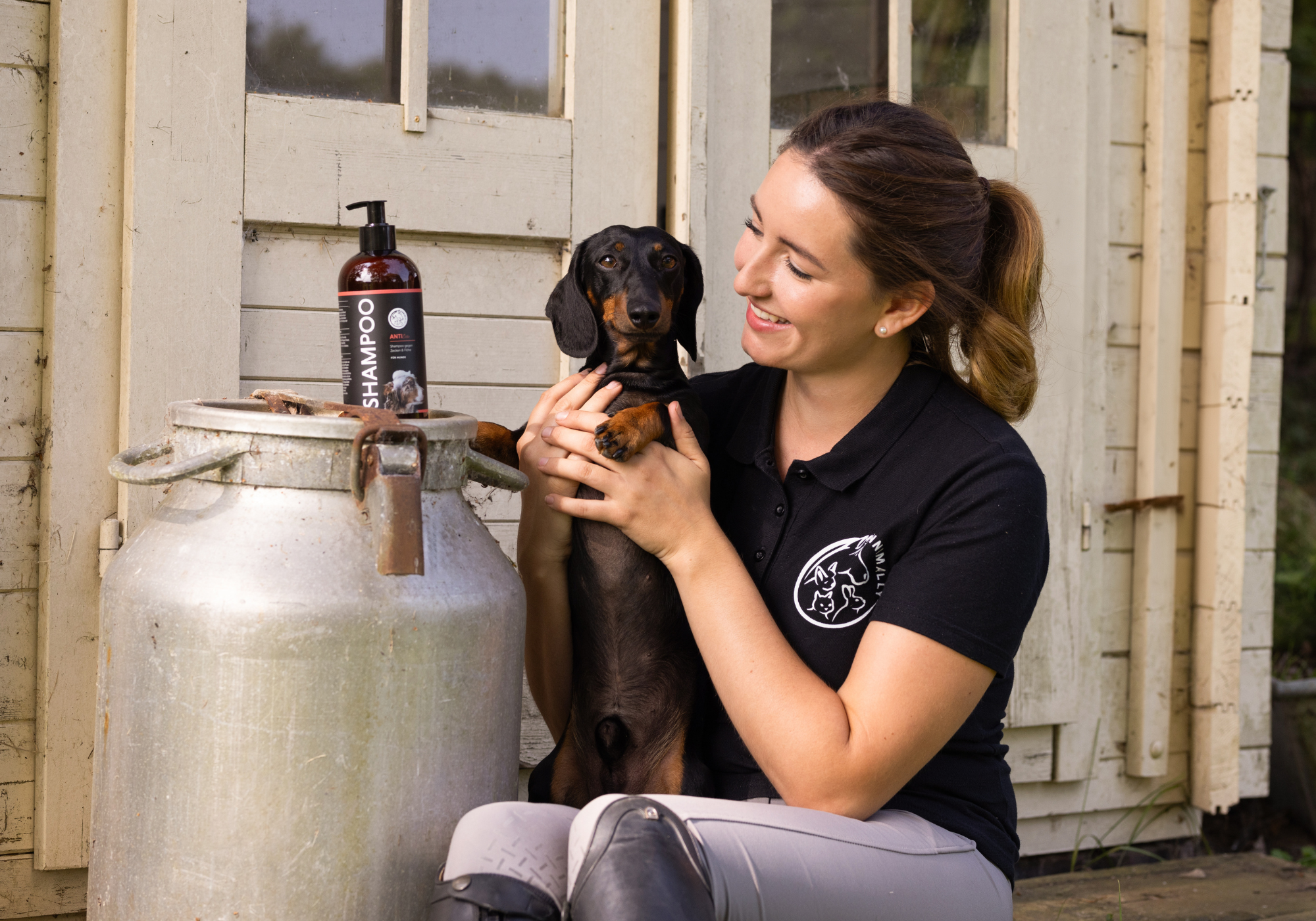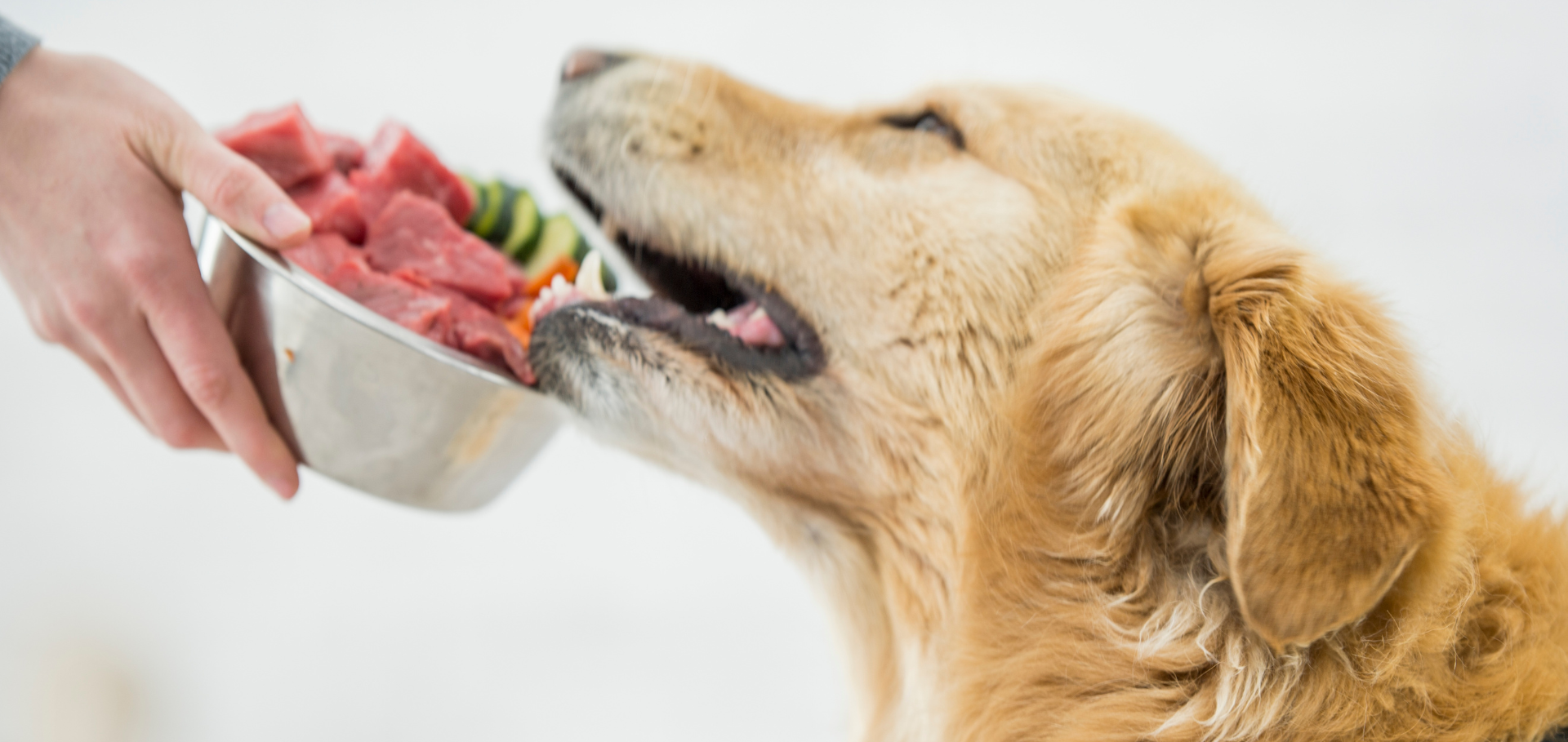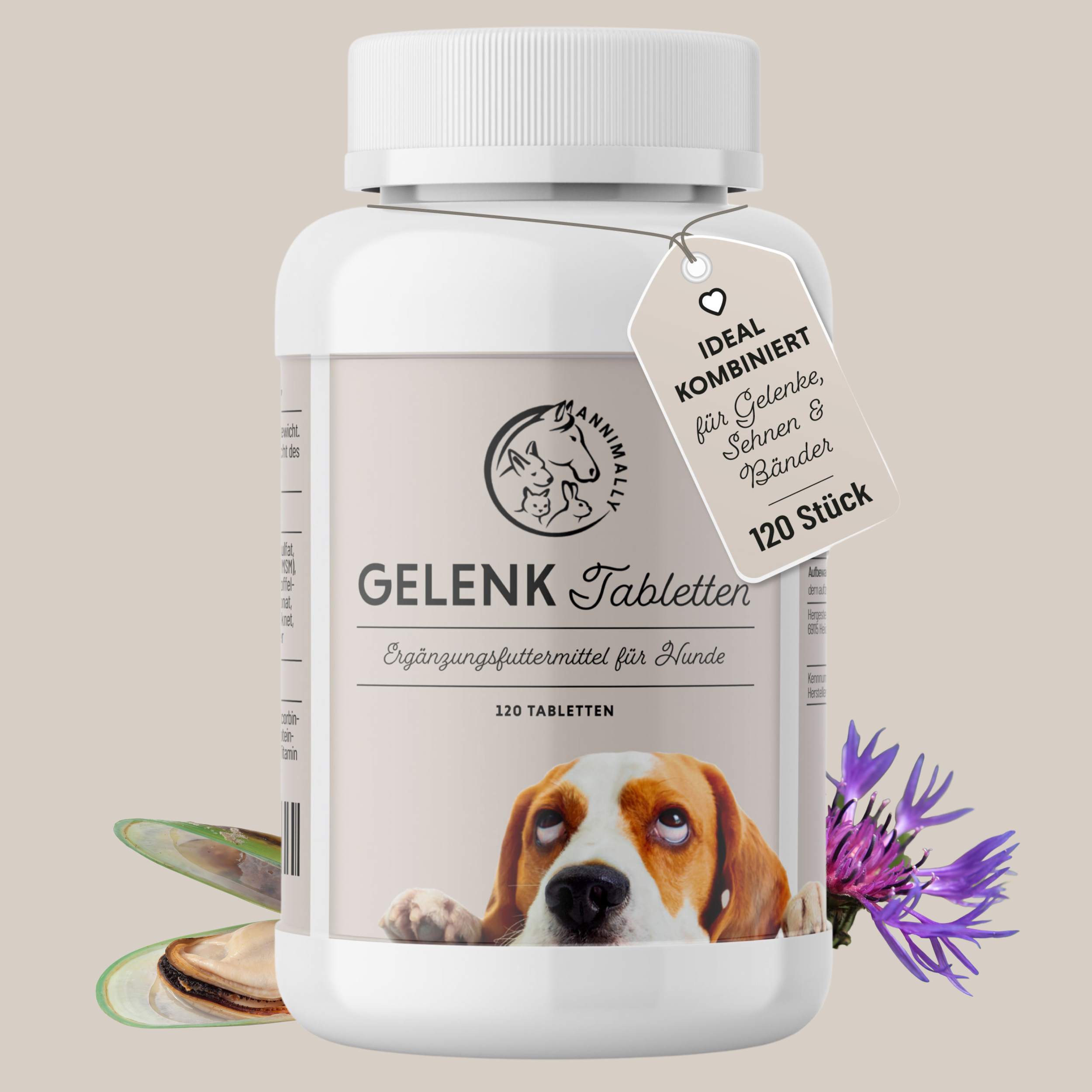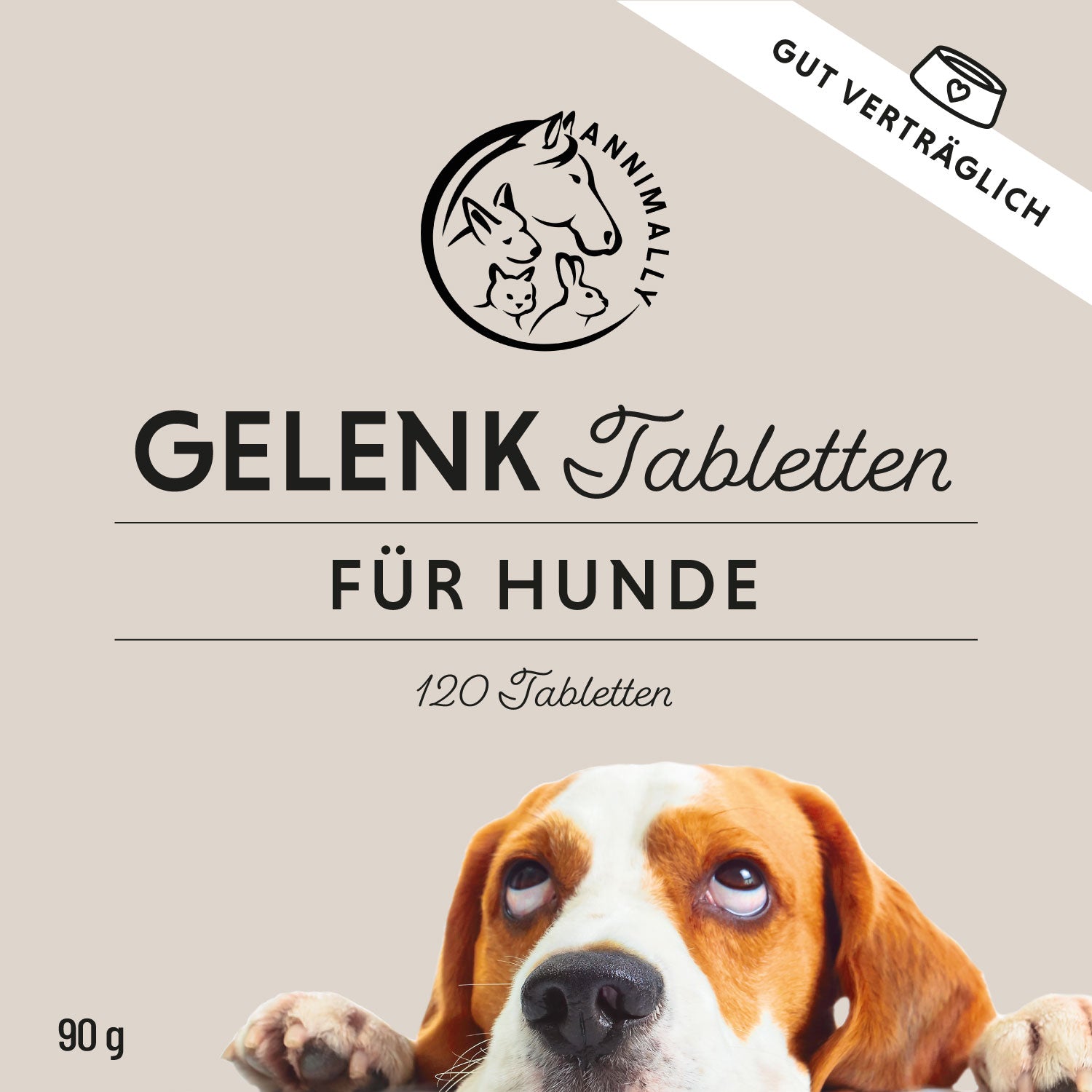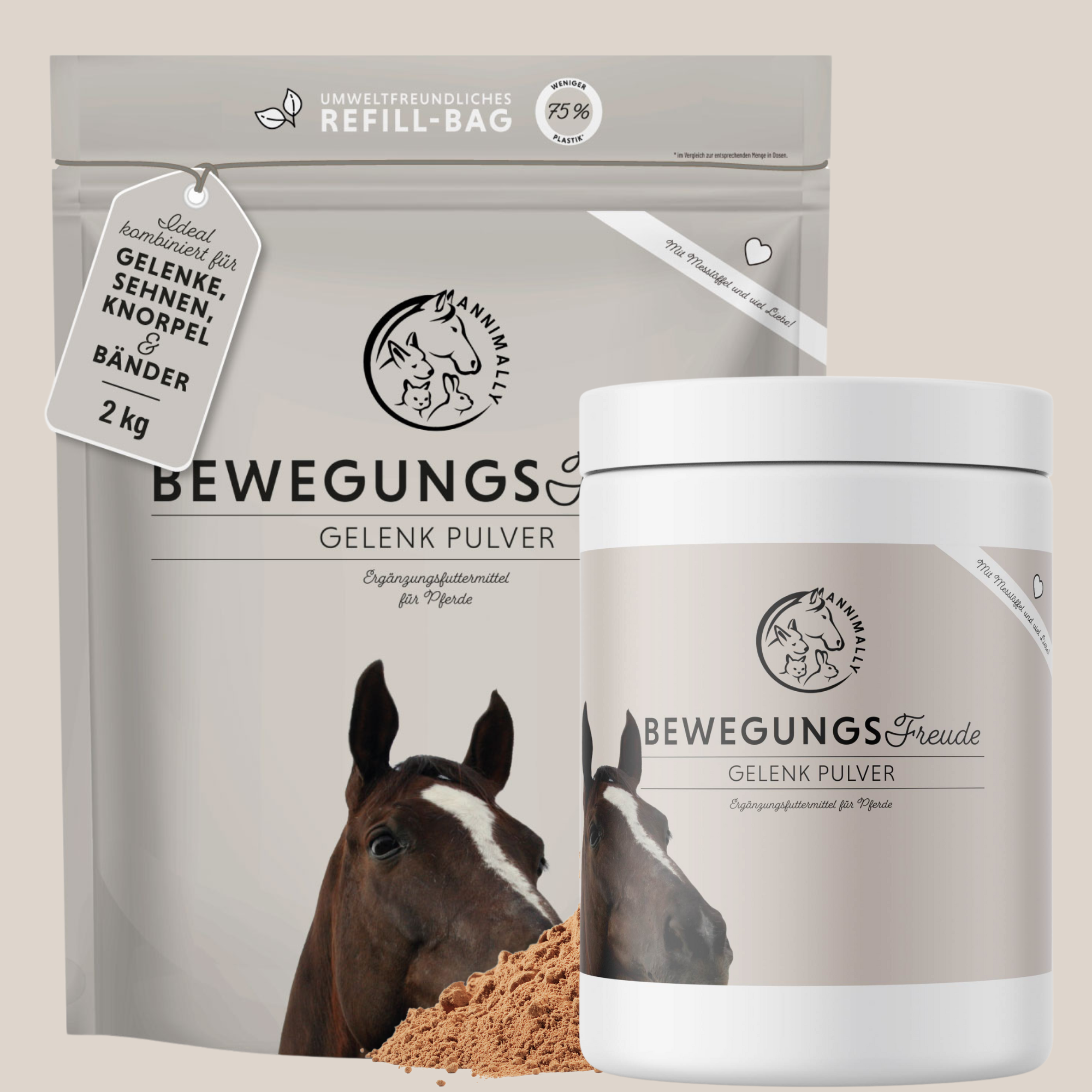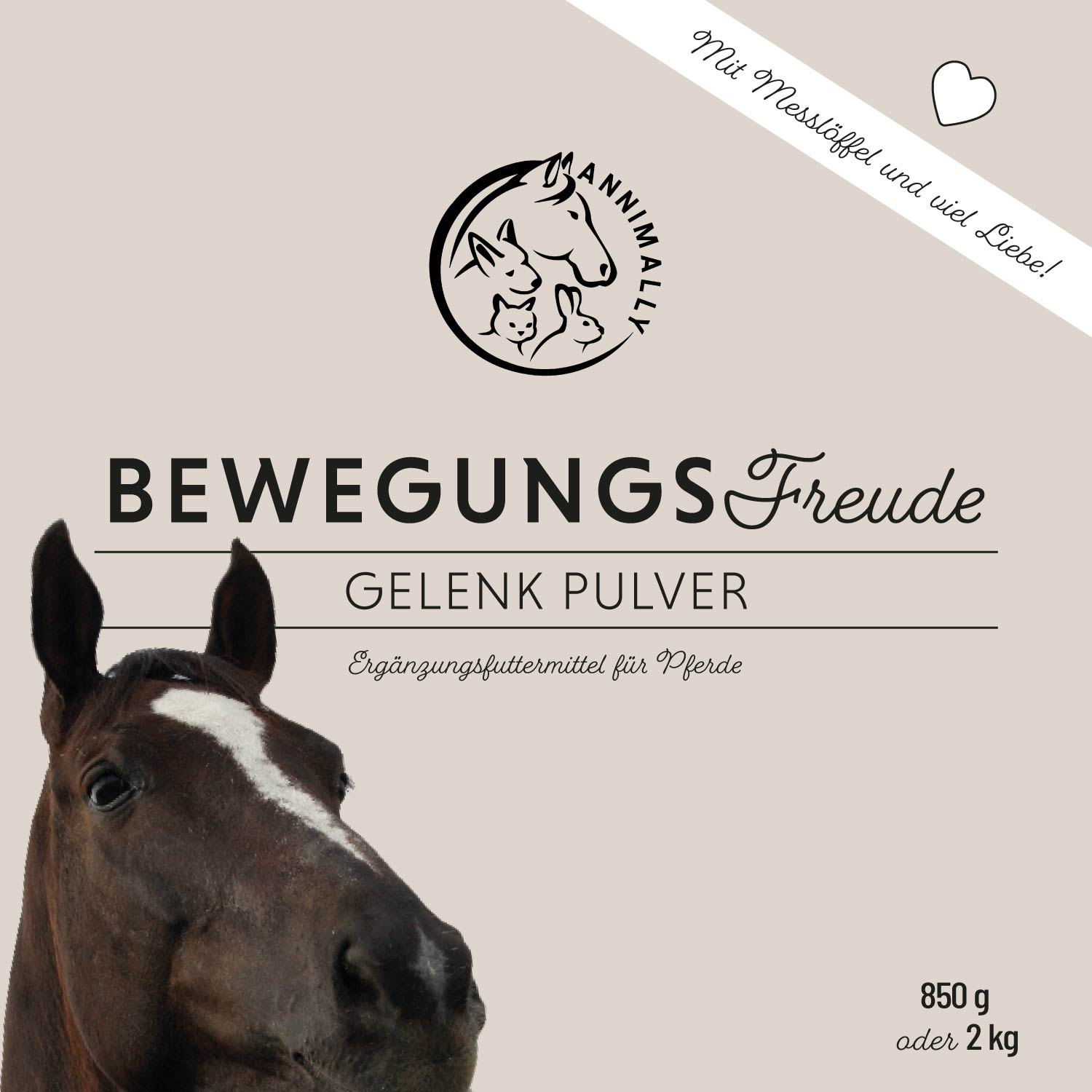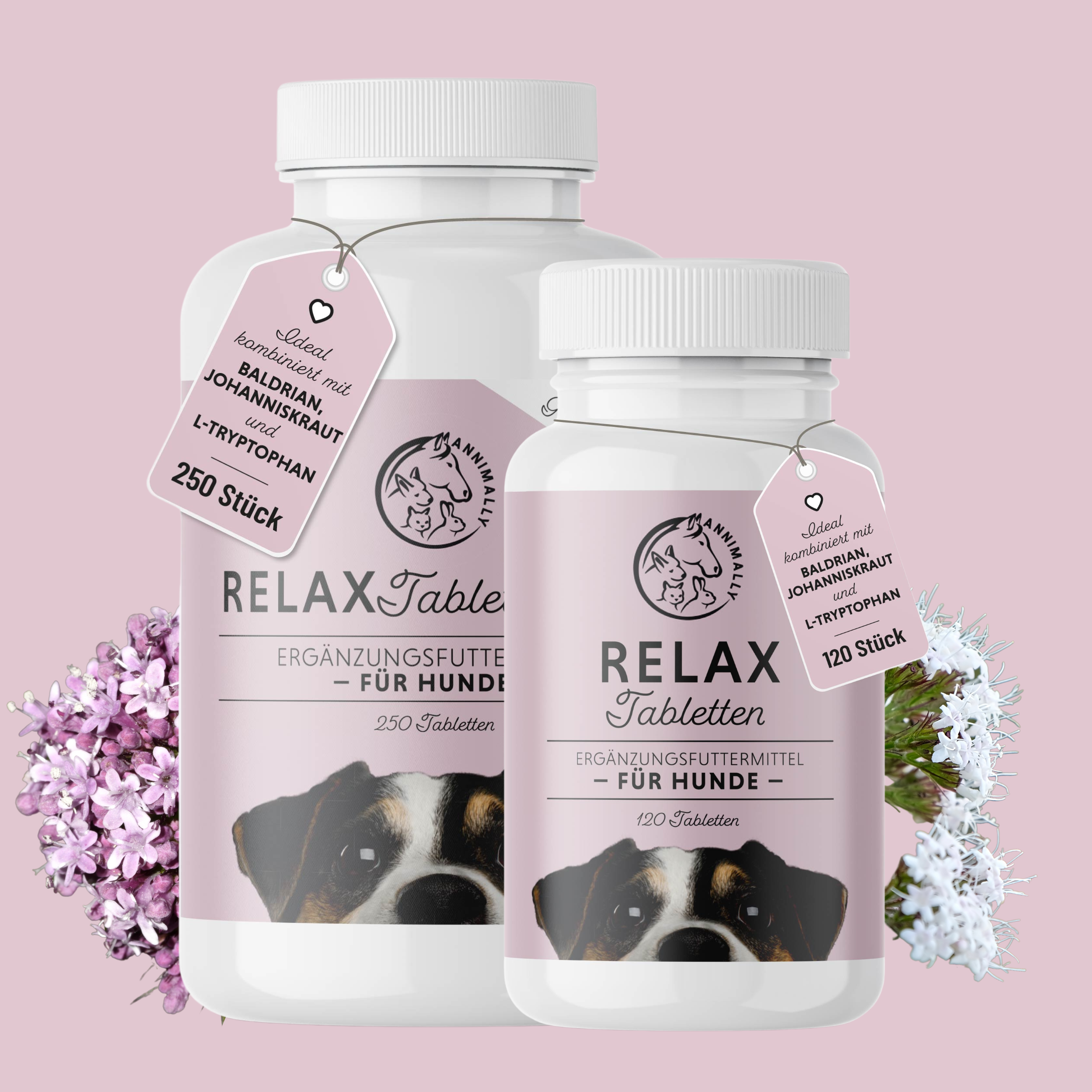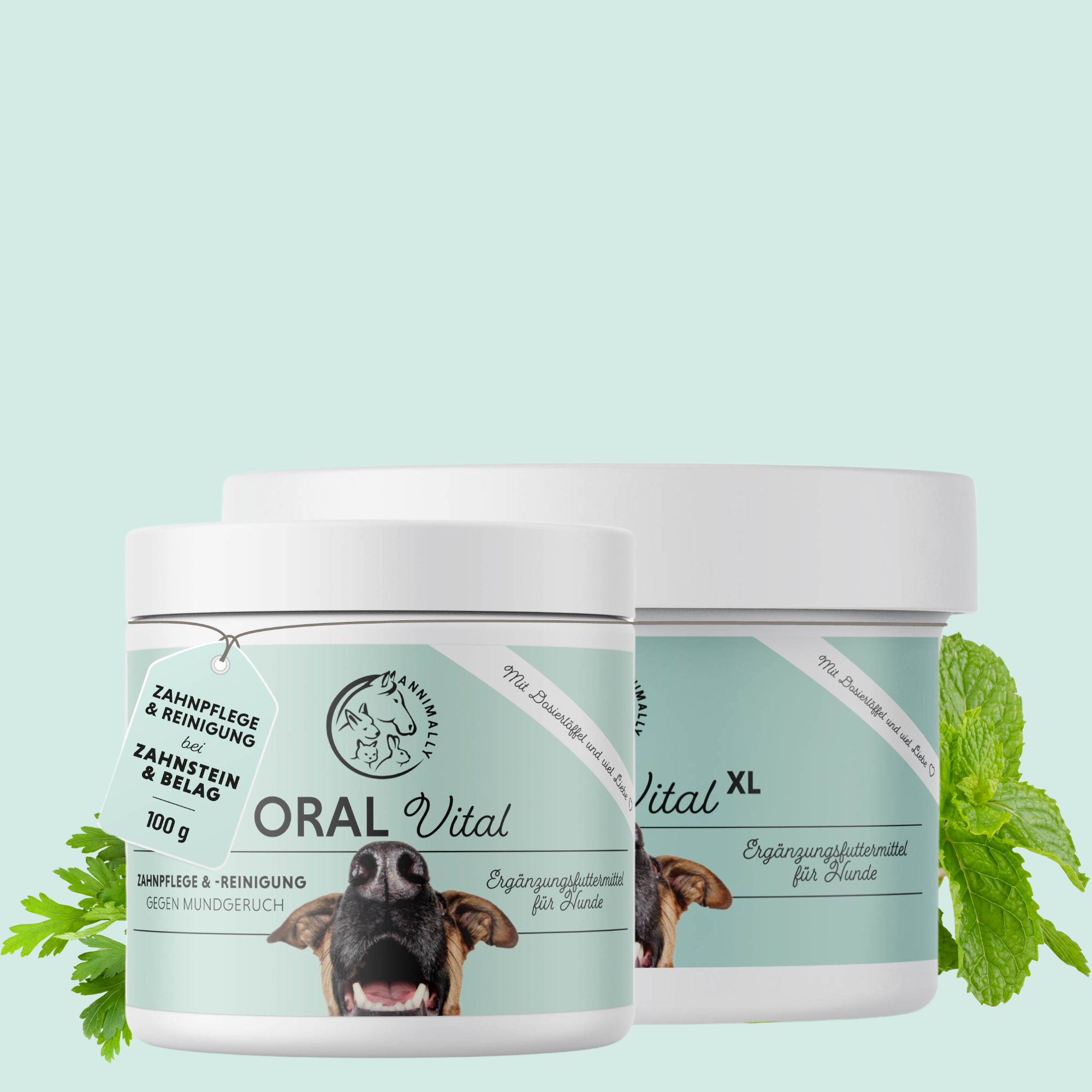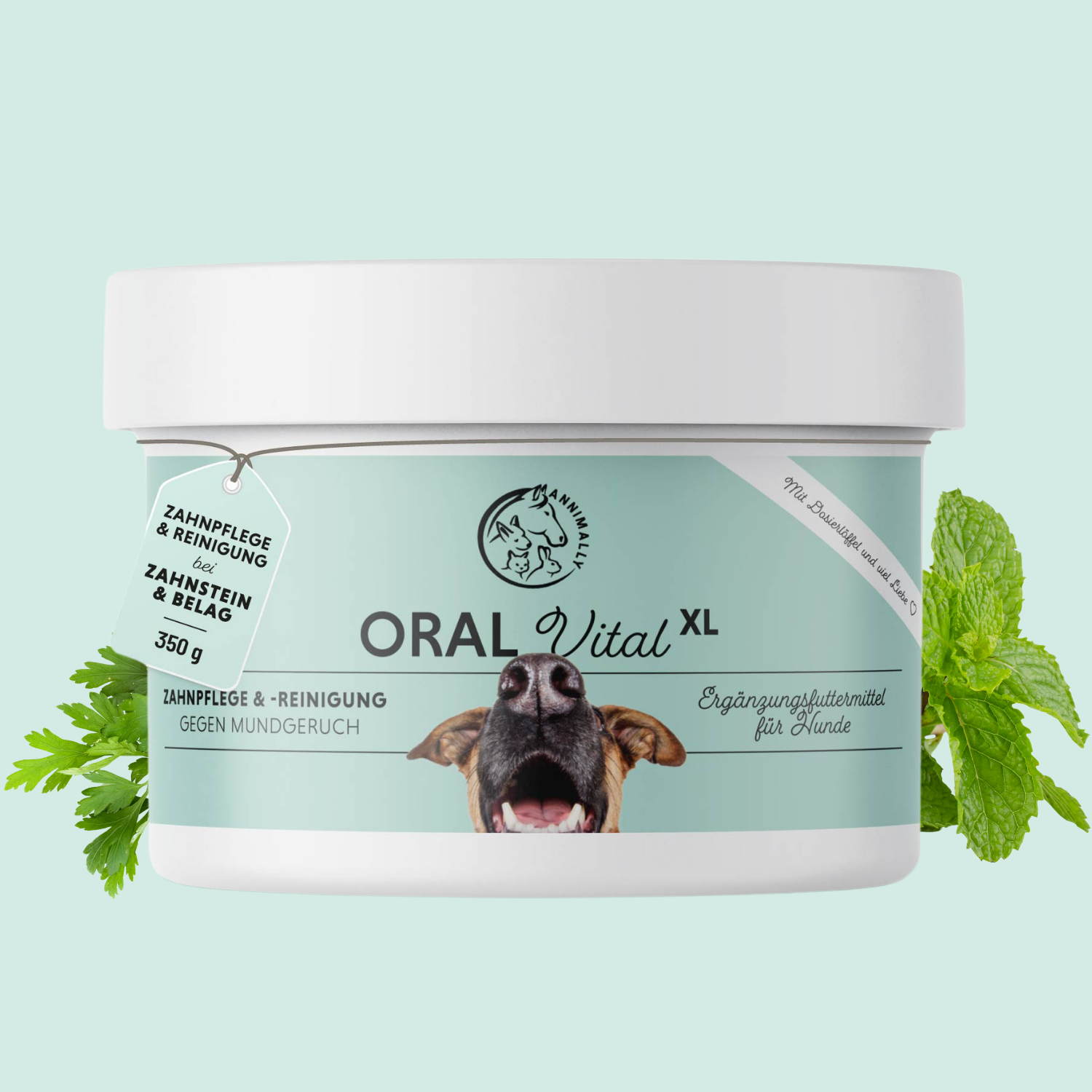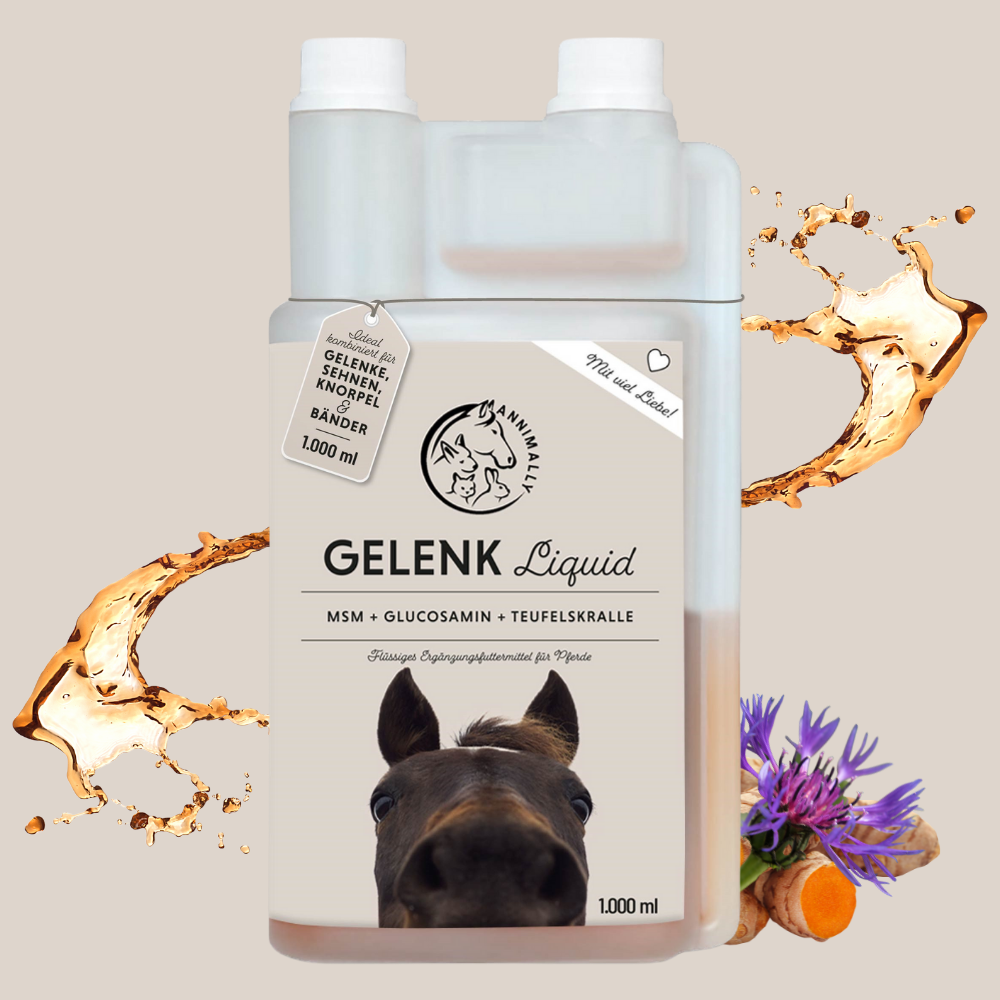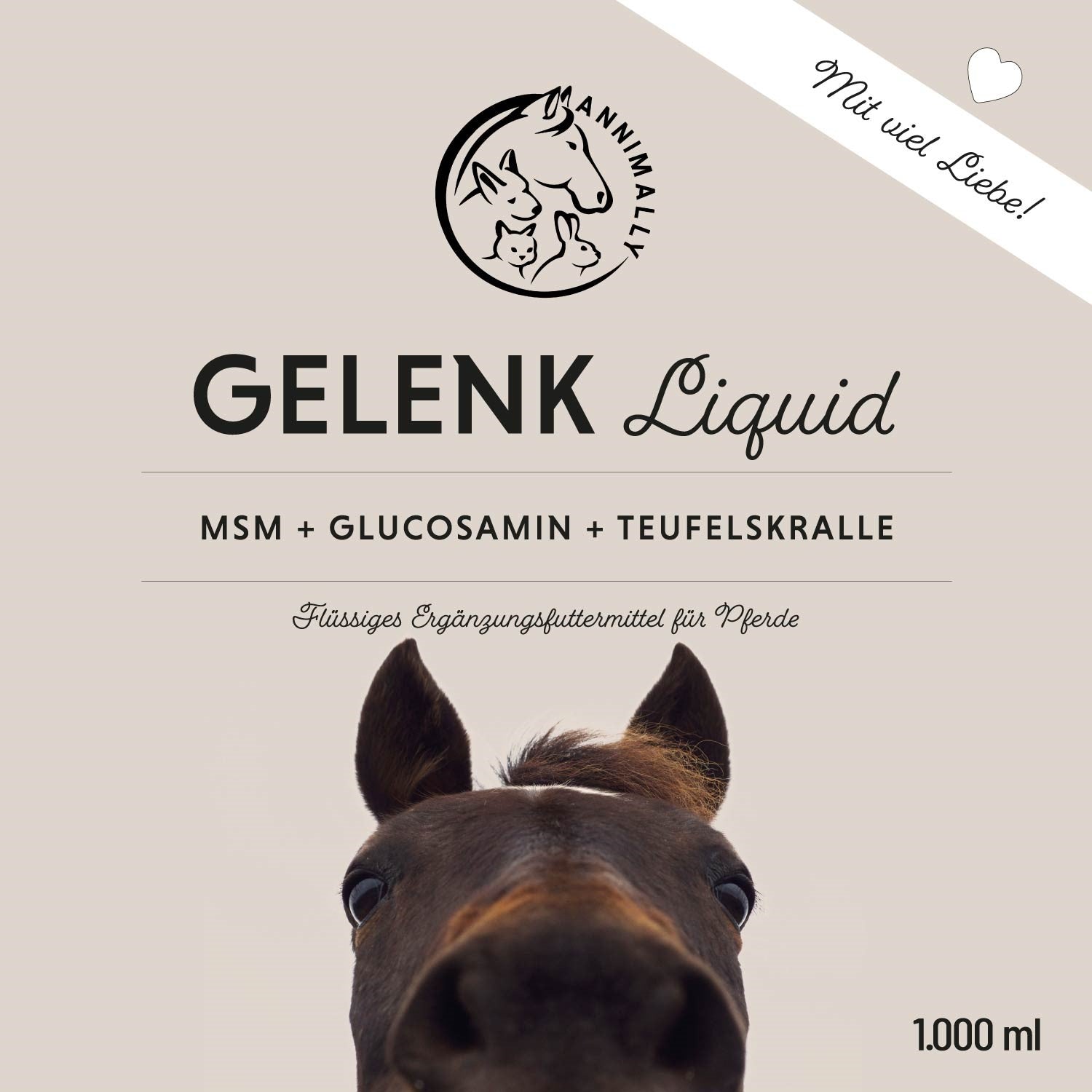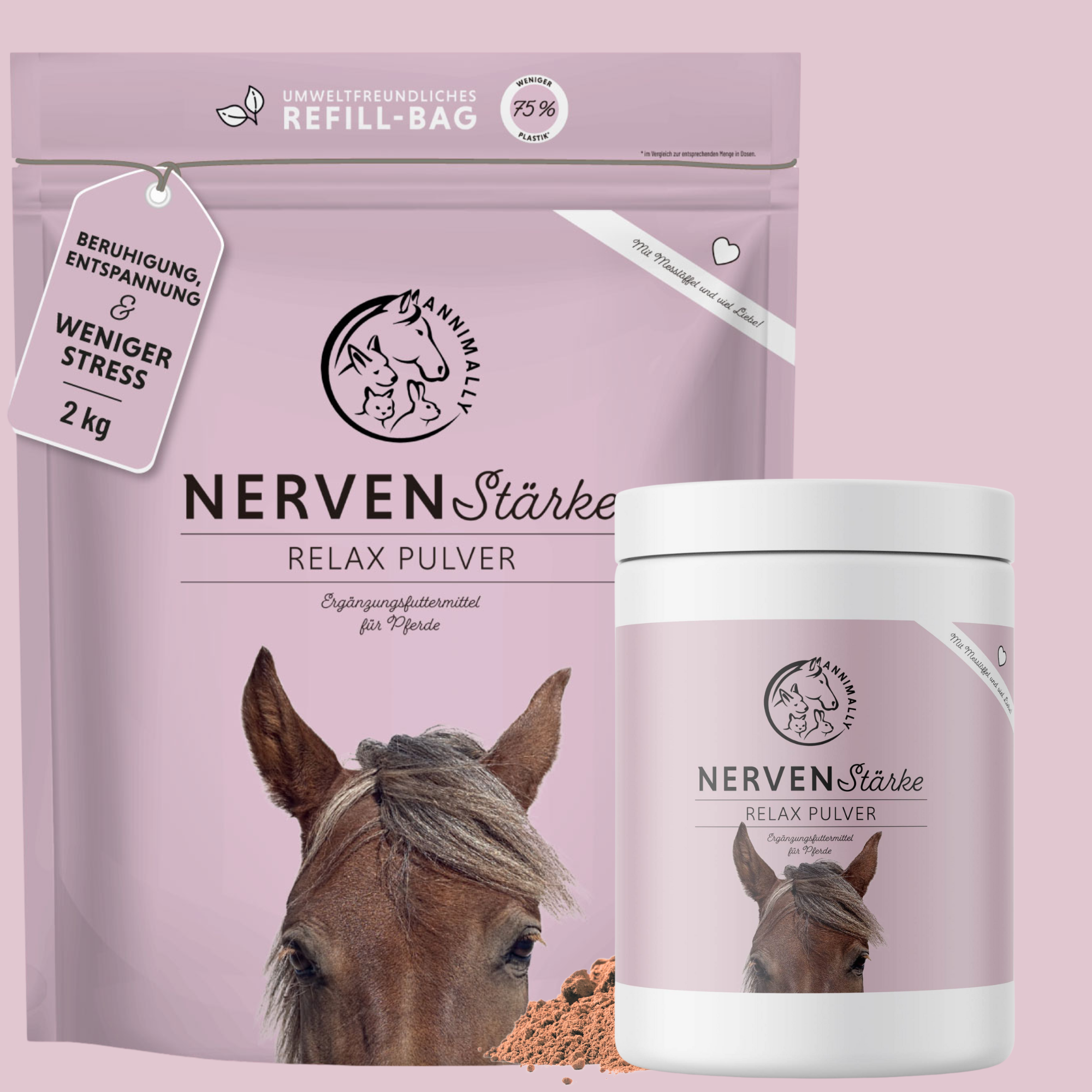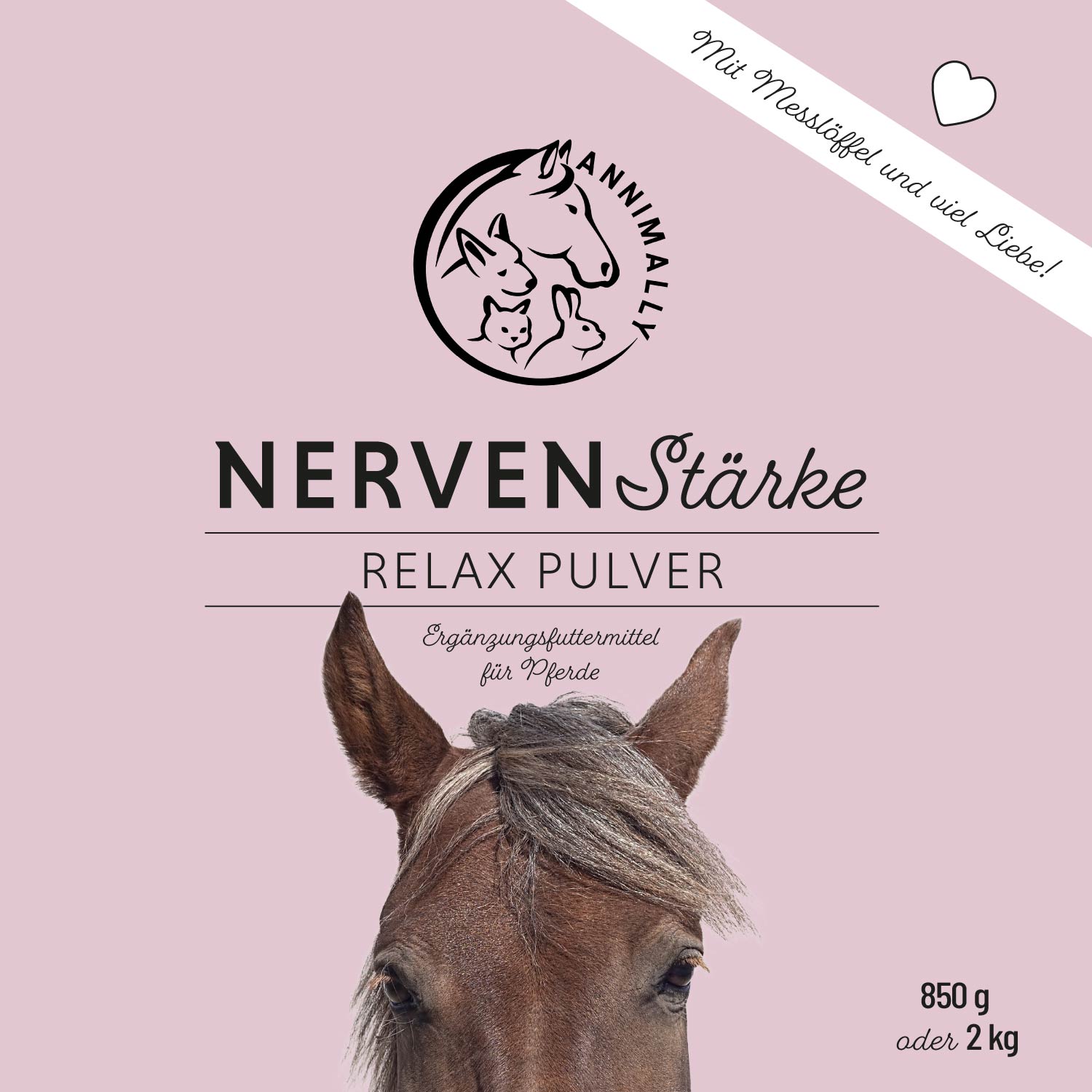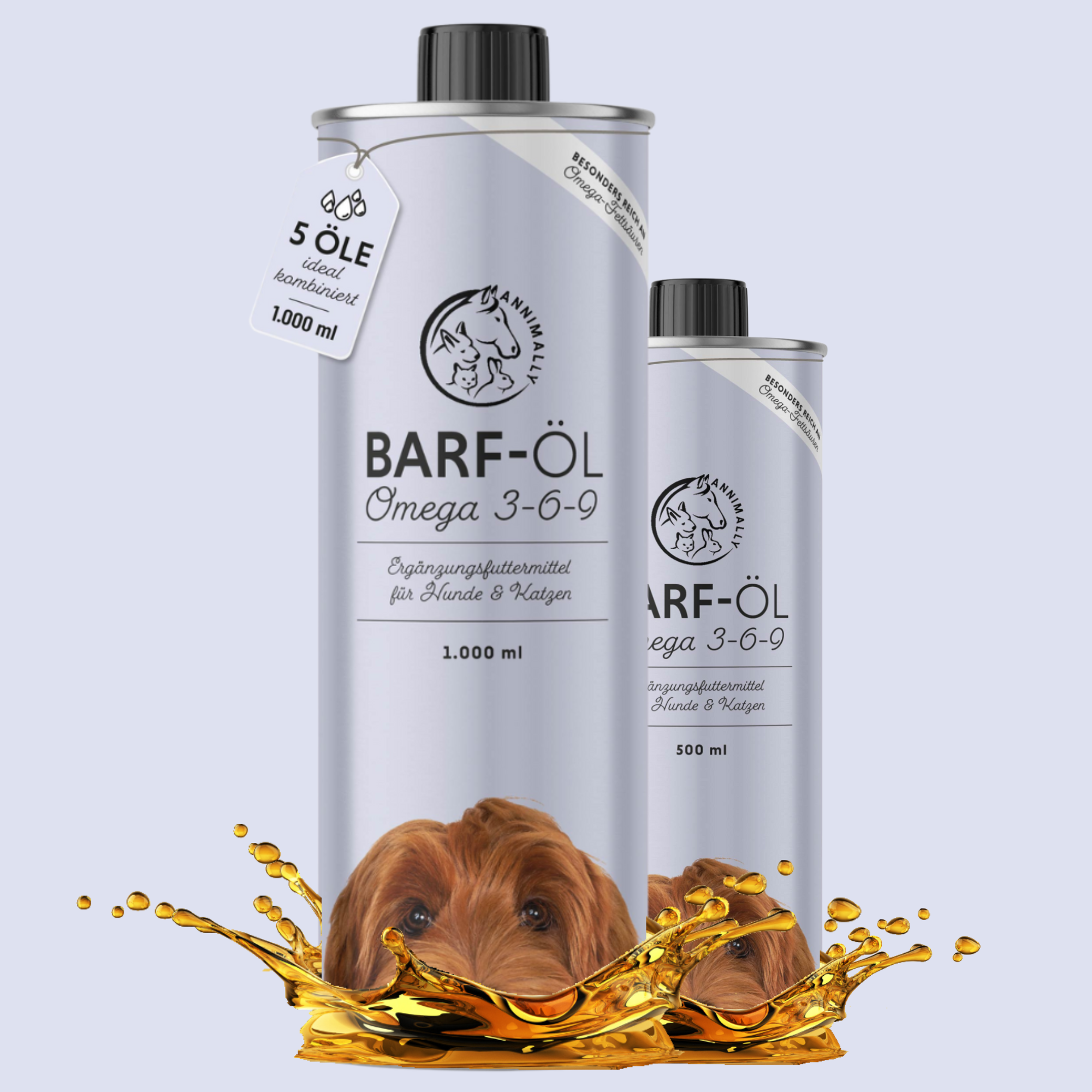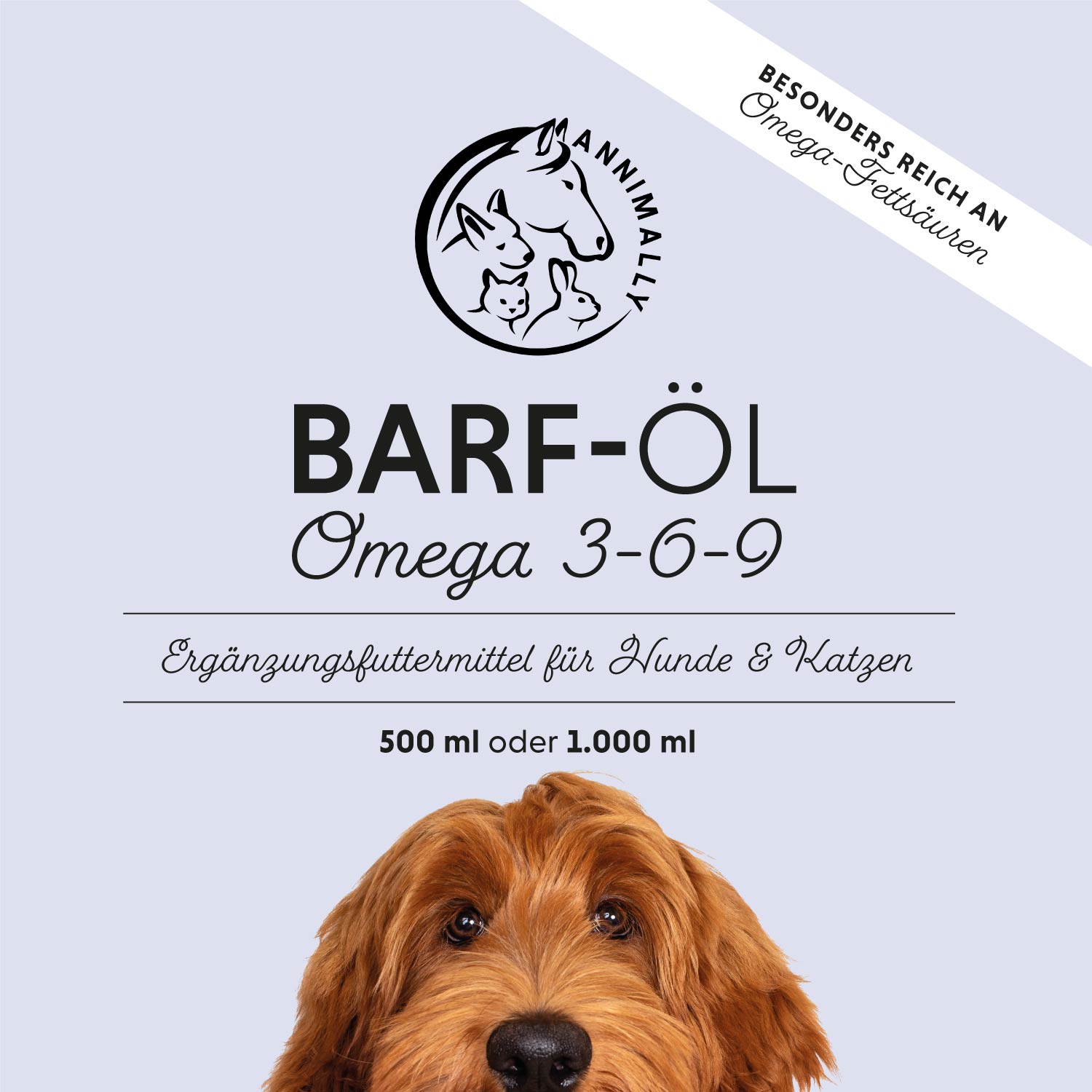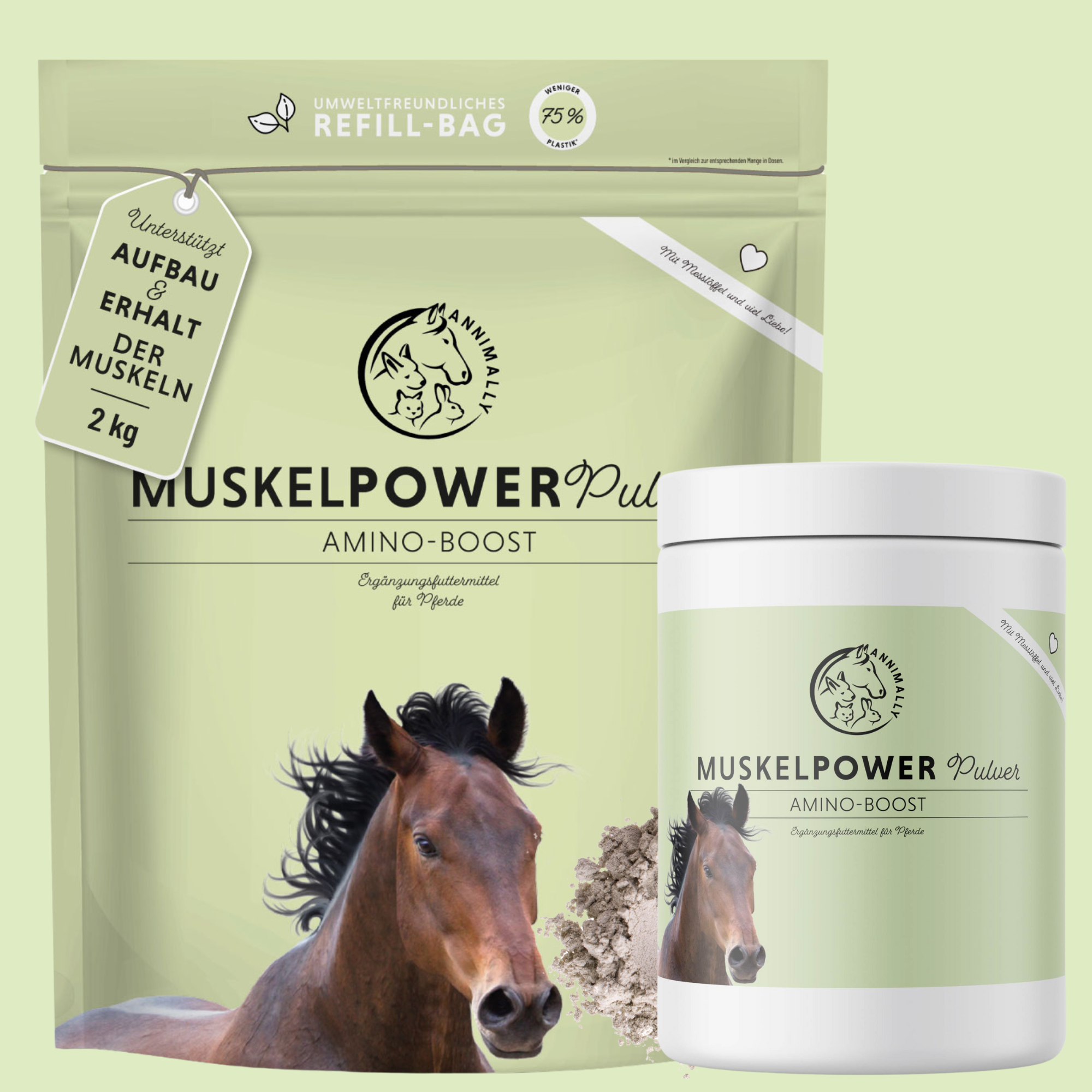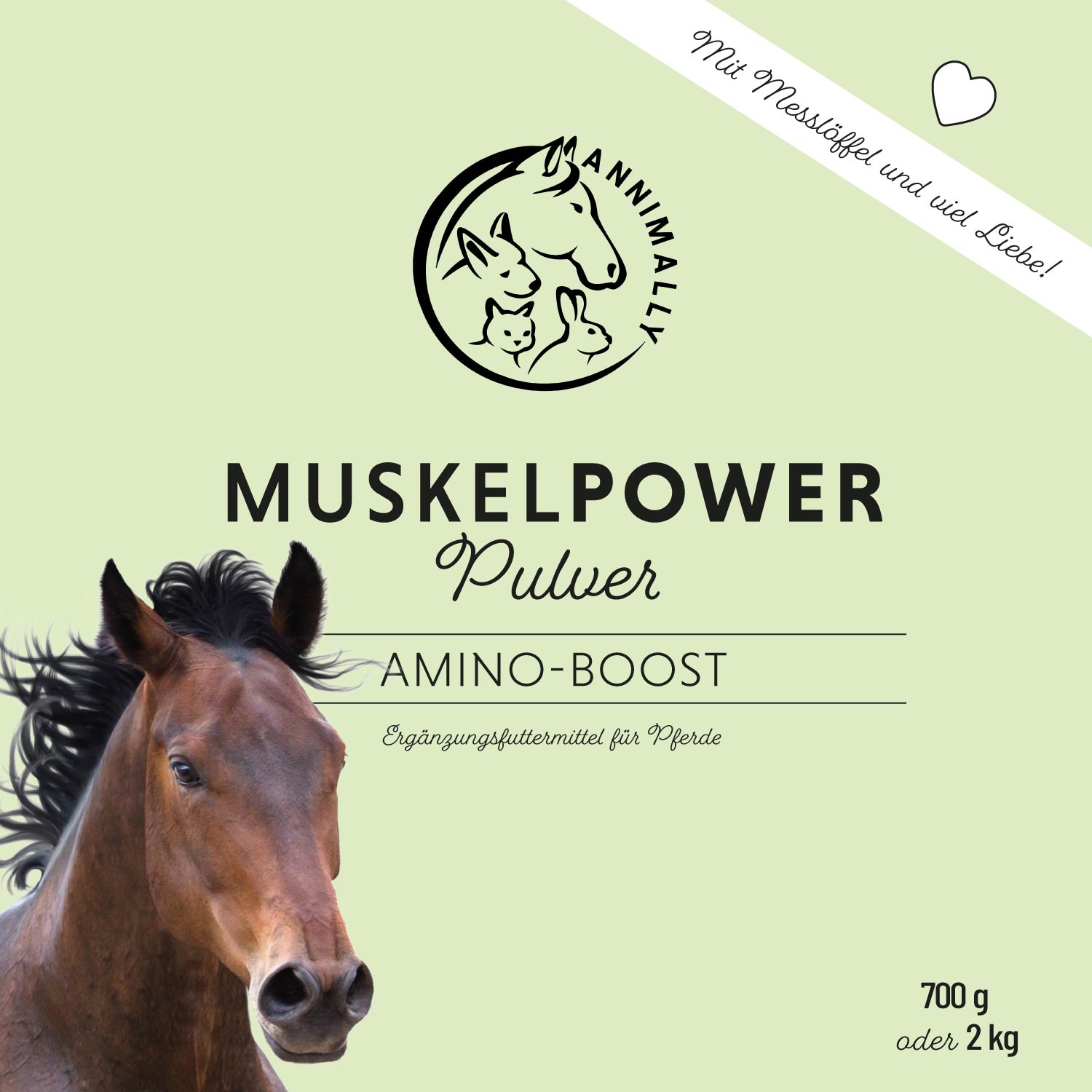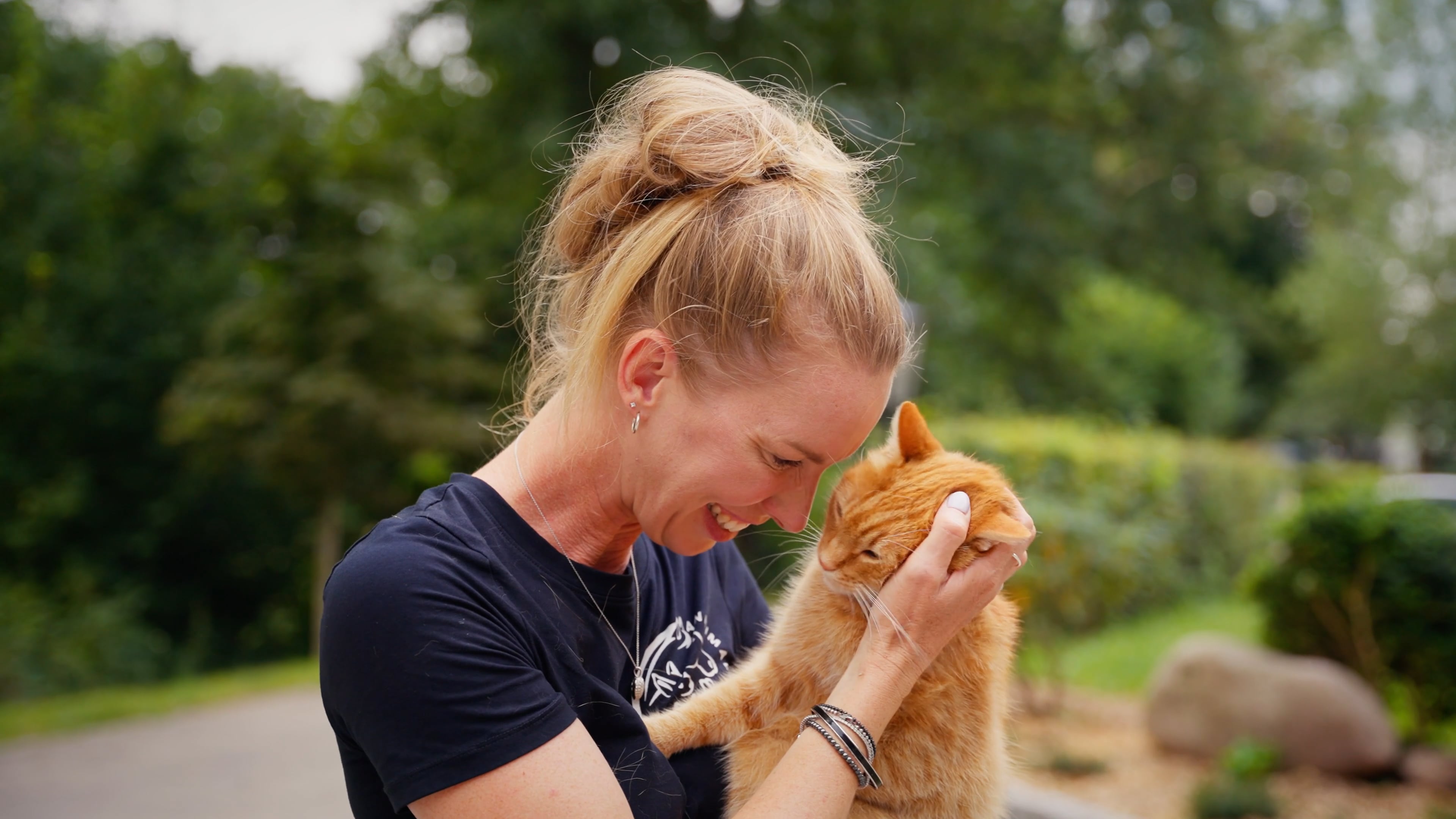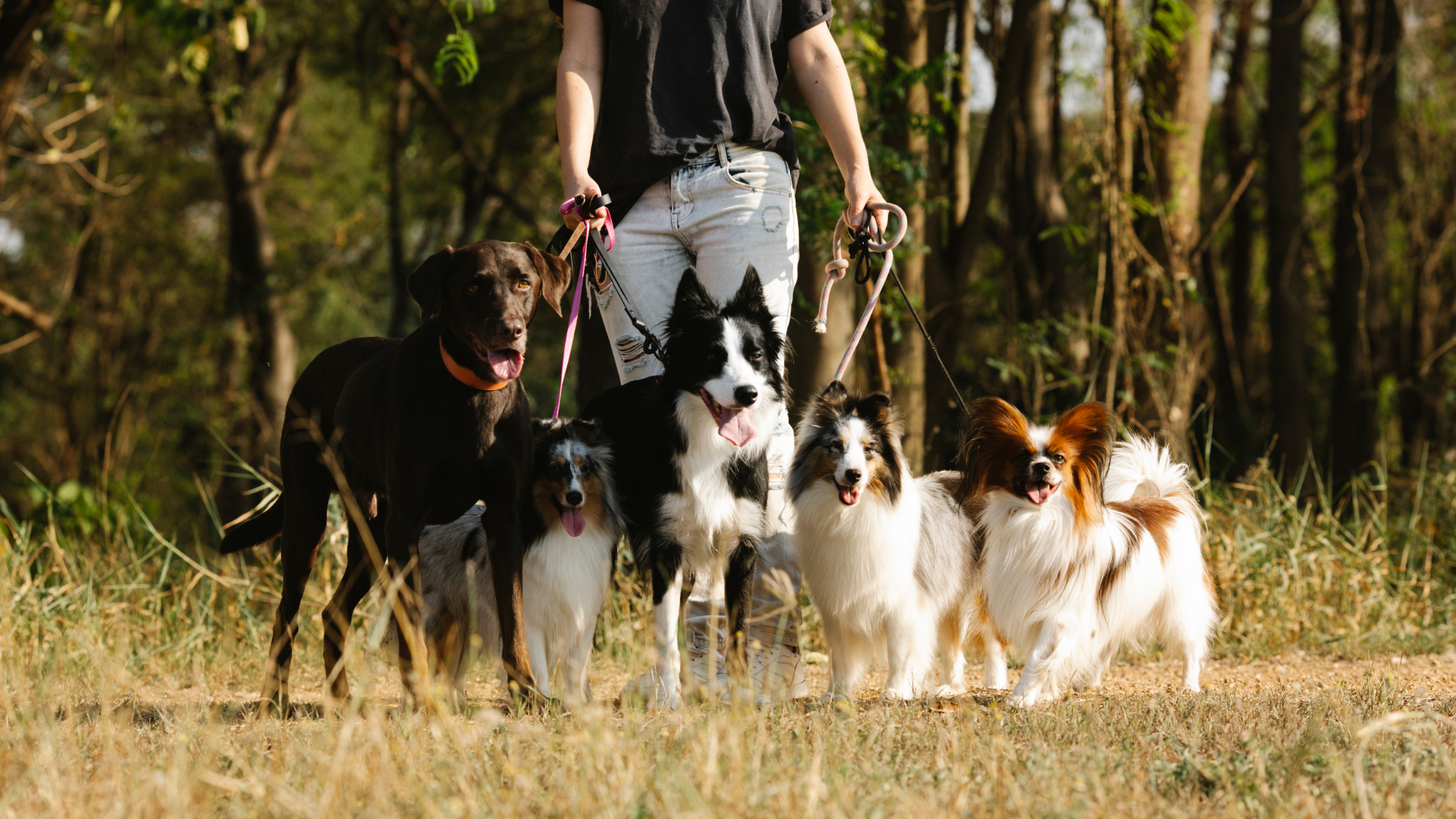
Mycotoxins in dog food – hidden danger in the bowl?
Dog food is supposed to give our four-legged friends everything they need for a long and healthy life. But sometimes invisible dangers lurk in the bowl: Mycotoxins . These harmful metabolic products of mold can affect not only humans but also animals such as dogs and horses—sometimes with dramatic consequences.
In this article, you will learn what mycotoxins are, what types there are, why they pose a danger, and how to protect your dog from poisoning.
What are mycotoxins?
Mycotoxins are toxic metabolites produced by certain types of mold. These substances are often found in food, feed, and plant-based raw materials such as corn, grains, nuts, or hay. Compost or infested plants can also contain mycotoxins.
Particularly problematic: Even small amounts can be harmful to animals and other living creatures. The effect depends on the type of toxin, the amount ingested, and individual sensitivity.
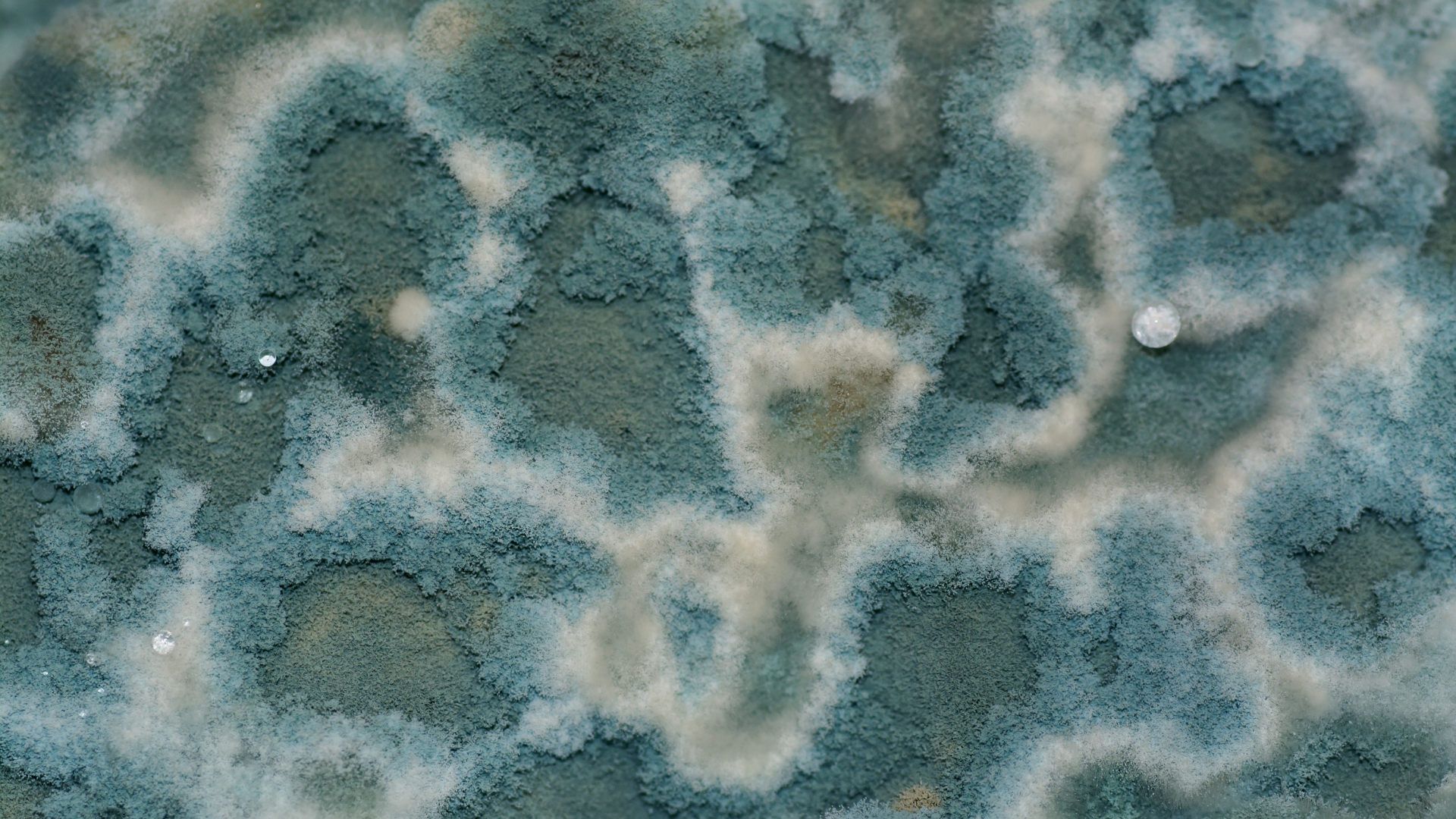
Mycotoxins and dogs
Mycotoxins pose a serious risk to your pet. If they are ingested through food or feed, they can contaminate the stomach contents and cause serious damage to the body. The liver, kidneys, nervous system, and immune system are particularly affected.
Symptoms such as weakness, ataxia (impaired coordination), hyperesthesia (hypersensitivity to stimuli), vomiting, or even seizures can be the first signs of poisoning. In severe cases, death is a risk.
Important mycotoxins and their effects
There are numerous types of mycotoxins that can be found in pet food. The most common and dangerous for your four-legged friend are:
Aflatoxins
-
Caused by certain molds on corn, grains or nuts.
-
They have a strong liver-damaging effect and can affect the genetic material.
-
Even small amounts can cause serious impairments.
Ochratoxin A
-
Particularly effective on the kidneys and liver.
-
Can weaken the immune system.
-
Occurs in grain, feed, and hay, among other things.
Fumonisins
-
Formed by mold fungi on corn.
-
Toxic to the liver, kidneys and nervous system.
Roquefortin C
-
Originates from Penicillium crustosum and is also known as a substance in mold cheese.
-
Can cause poisoning in dogs with neurological symptoms such as ataxia, coordination disorders and weakness.
-
Toxicology studies show that Roquefortine can cross the blood-brain barrier and directly affect the nervous system.
Penitrem A
-
Also a mycotoxin produced by Penicillium species.
-
Causes cramps, restlessness, hyperesthesia and coordination disorders.
-
Often observed in connection with spoiled feed or waste such as compost.
Symptoms of mycotoxin poisoning in dogs
The effects of mycotoxin poisoning are diverse. Common symptoms include:
-
Sudden weakness and fatigue
-
Vomiting and diarrhea
-
Ataxia (unsteady gait, coordination disorders)
-
Tremors, cramps, hyperesthesia
-
Impairments of the nervous system up to epileptic seizures
-
Loss of appetite
-
Damage to the liver and kidneys
-
In the worst case, death
Not all symptoms always appear immediately – sometimes they develop over a period of days.

Mycotoxins in other animals
Not only dogs, but also horses and other animals are at risk. Mycotoxins such as aflatoxins, ochratoxin A, or fumonisins can be found in horse feed if the feed is contaminated with mold. Horses react sensitively, with nervous system damage, liver problems, and weakness.
Other creatures such as cats and farm animals are also at risk. Studies show that mycotoxins can occur in various types of feed – with serious consequences.
Why mycotoxins are so dangerous
The insidious thing about mycotoxins is their invisibility: They don't necessarily change the smell or taste of the food. Even a small amount can be enough to cause severe poisoning.
Substances such as Penitrem A and Roquefortin C are particularly dangerous because they directly attack the nervous system and can quickly lead to life-threatening conditions. Aflatoxins, on the other hand, can damage the genetic material and are suspected of being carcinogenic.
Mycotoxins sometimes cross the blood-brain barrier, which can cause neurological damage.
Diagnosis and treatment
Diagnosing mycotoxin poisoning is often difficult because the symptoms are nonspecific. A thorough examination by a veterinarian is crucial. The following may be helpful:
-
Analysis of feed or stomach contents
-
Blood tests for liver and kidney values
-
Toxicological tests
Treatment depends on the type and amount of substances ingested. Treatment usually involves immediate support of the body, for example, through intravenous fluids, antispasmodic medications, or liver protection agents.
Prompt treatment can save lives – so never hesitate to consult a veterinarian immediately if you suspect poisoning.
Prevention: How to protect your dog
To prevent poisoning from occurring in the first place, you should follow these tips:
-
Always store food in a dry and cool place.
-
Dispose of any obviously moldy feed or hay immediately.
-
Do not feed food scraps or waste such as compost to dogs.
-
Rely on high-quality feed with strict controls.
-
Check packaging and storage locations regularly.
Investigations and research
Research into mycotoxins is progressing steadily. Studies by experts such as Bernhoft A and Moldes Anaya A examine the effects of mold species and their toxic substances on animals and humans.
Studies show that even the smallest amounts can cause long-term damage. The effects on the nervous system, liver, and immune system are particularly critical.
Mycotoxins and humans
Mycotoxins also pose a serious threat to humans. They can be ingested through foods such as grains, nuts, or mold cheese. Symptoms are similar to those in animals: digestive problems, nervous system impairment, liver damage, and long-term genetic risks.
Toxicology therefore intensively investigates how mycotoxins affect the human organism and which quantities are still harmless.
Conclusion: Take invisible danger seriously
Mycotoxins in dog food are a hidden danger that should not be underestimated. The toxic metabolic products of mold can have serious effects on dogs, horses, humans, and other animals.
From poisoning with symptoms such as weakness, ataxia and coordination disorders to damage to the liver, kidneys and nervous system – the range of risks is wide.
It is therefore all the more important to use high-quality feed, to watch for signs of mold and to seek veterinary assistance immediately at the first signs.
This way you protect your dog's health and ensure that the bowl remains a place of joy and not an invisible danger.
